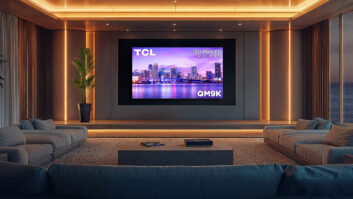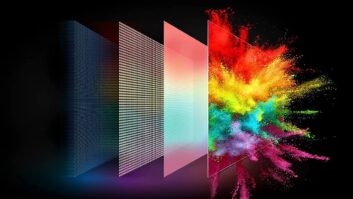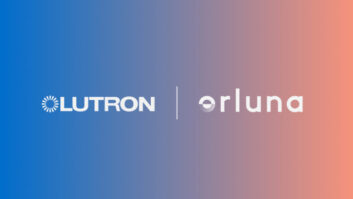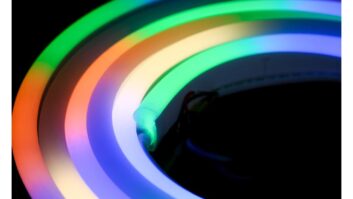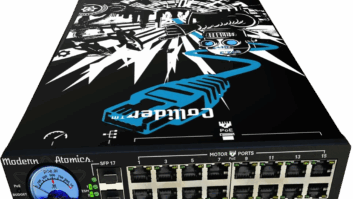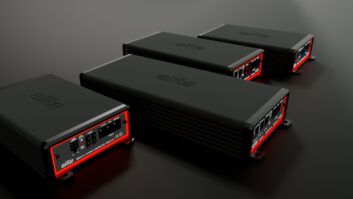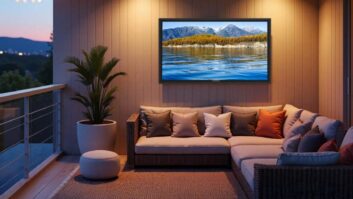El Segundo, Calif. – Supplies of LED backlights used in LCD
panels for televisions, mobile computers and desktop monitors will see tight
supply conditions for most of the year, according to a market study released by
iSuppli Tuesday.
Shipments of large-sized LCD panels with LED backlights are expected
to reach 276.7 million units in 2010, up 134.9 percent from 117.8 million in
2009.
In 2010, LED backlights will be used in 43.1 percent of all
large-sized LCD panels, which mainly are used in LCD TVs, mobile computers and
desktop monitors, iSuppli predicted.
Worldwide LED backlight shipments are forecast to rise to 477.6
million units in 2011 and continue to expand to 817.9 million units in 2014. By
then, LED backlights will have penetrated 87.7 percent of the total large-sized
LCD market, according to the firm.
The significant advantages of LED over CCFL-based displays had
led to soaring usage, including slimmer design, reduced weight, lower power
consumption and mercury-free attributes for a greener, more environmentally
friendly solution, iSuppli said.
This rapid rise in shipments has spurred supply constraints for
LED backlights, according to the report.
“There have been mounting concerns in the industry about supply
constraints for LEDs and light guide plates, two of the major components for
LED backlights,” said Sweta Dash, iSuppli, LCD research senior director.
“Changes in light guide design, constraints in raw materials and high expansion
costs are limiting capacity.”
The other major constraint, Dash said, revolves around the
challenges faced by metal oxide chemical vapor deposition (MOCVD) reactors — the
key equipment for making LED chips — to keep up with demand. As a result,
tight supply of LED chips is expected until the end of the year.
The LED shortage is not
expected to affect all panel makers equally, she said.
“By the second half of this year, a clear distinction will emerge
between the ‘haves’ and ‘have nots’ among the panel suppliers,” Dash predicted.
“Those panel makers that have their own internal manufacturing of LEDs will
have sufficient supply in 2010, while those that don’t will encounter
constraints.”
Samsung, for example, has established Samsung LED, which provides
an internal source for LEDs for the company’s manufacturing of LCD panels, she
observed.
To address the
availability constraints, LED suppliers are shifting production to 4-inch and
6-inch wafers and away from older 2-inch wafers. This will cause production
capacity of LEDs to rise, Dash predicted. However, LED makers will need as long
as one year to adjust to the change in production technology.
Meanwhile, panel suppliers are expected to offer newer backlight
designs that require fewer LEDs per panel. Most panel suppliers expect the
number of LED chips per television panel to decline by 30 percent or more at
the end of 2010 compared with one year earlier.
LCD panel suppliers also are set to become more vertically
integrated in order to better control the LED backlight supply chain.
Furthermore, branded TV manufacturers will be partnering with module
manufacturers to gain their own backlight solutions and to achieve product
differentiation.
“By the end of 2010, the supply situation will improve as
capacity rises and new backlight designs require fewer LEDs per panel,” Dash
said.
The adoption of LED backlights in LCD TVs will rise to 18.4
percent in 2010, up from 3 percent in 2009, spurred by the push among various
TV brands to introduce LED-based TVs. Adoption rates also will climb for
notebook panels, rising to 88 percent this year, up from 62.6 percent in 2009.
By 2012, LED backlights will be used by 100 percent of notebook
panels.
The adoption rate for LED backlights for desktop PC monitors in
2010 will rise to 20.8 percent, up from 1.7 percent in 2009.
A full report on the LED supply situation is available in Dash’s
LCD Report — LED Backlights Reshaping the Large LCD Industry — by contacting
.




